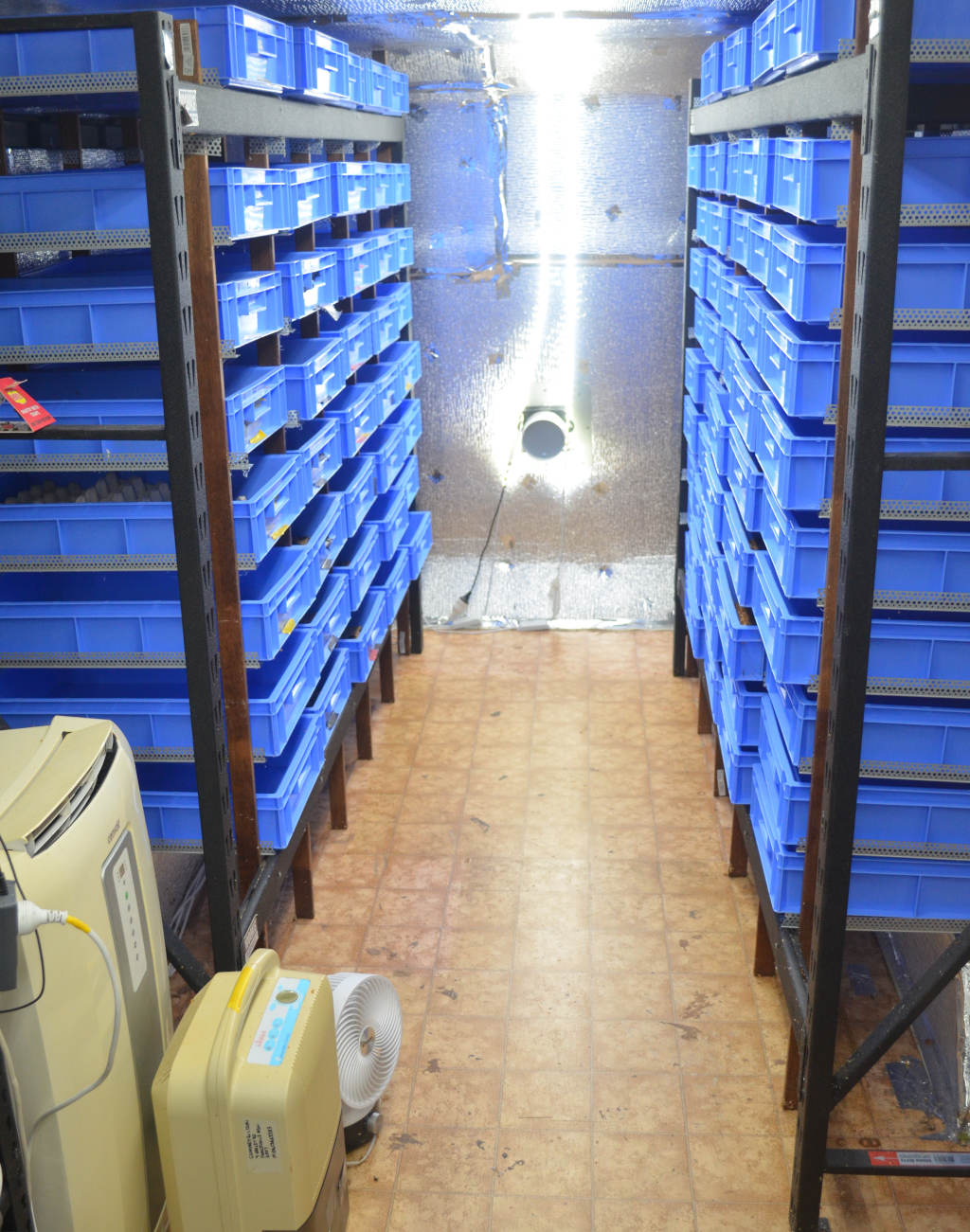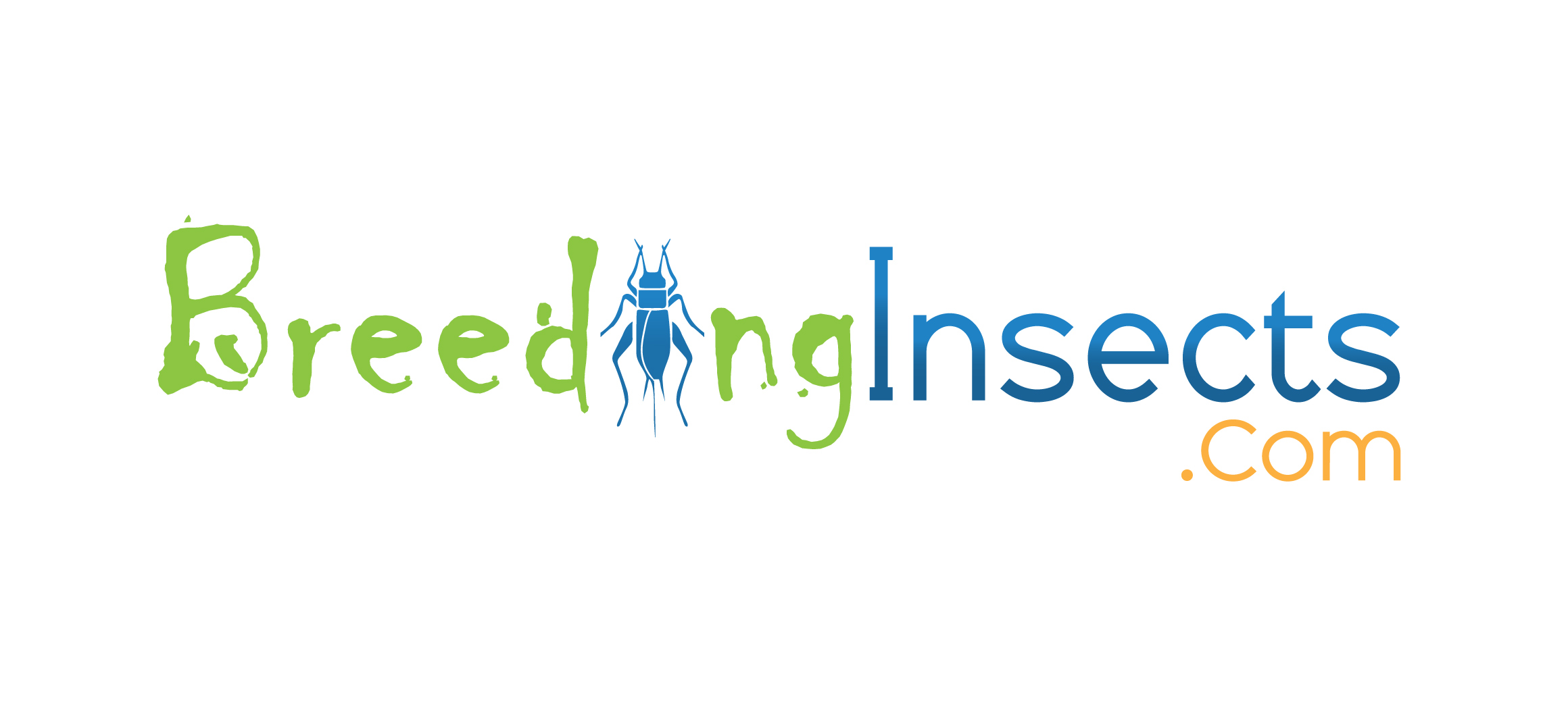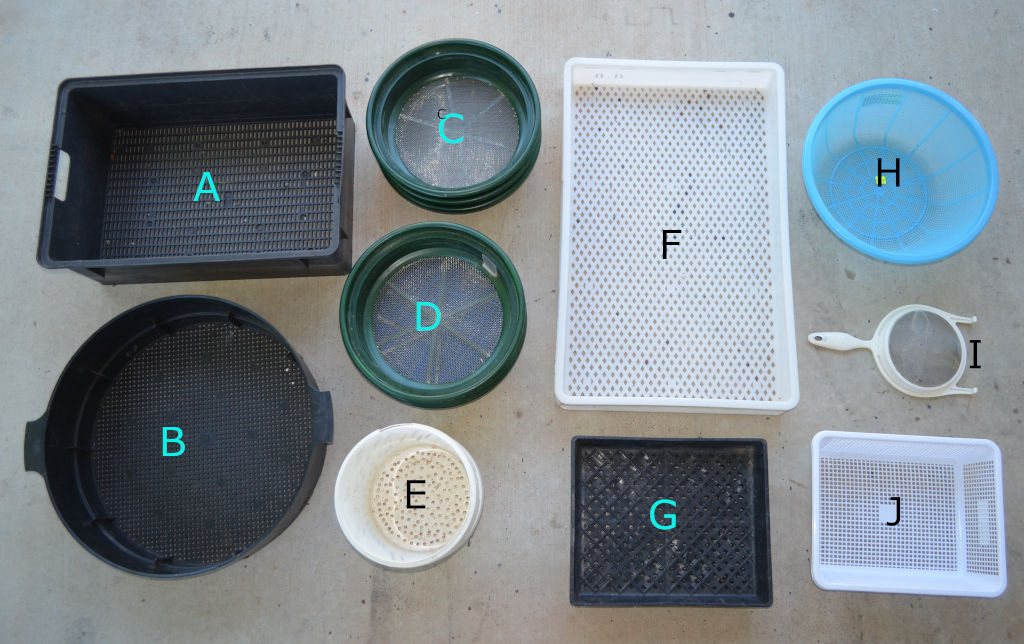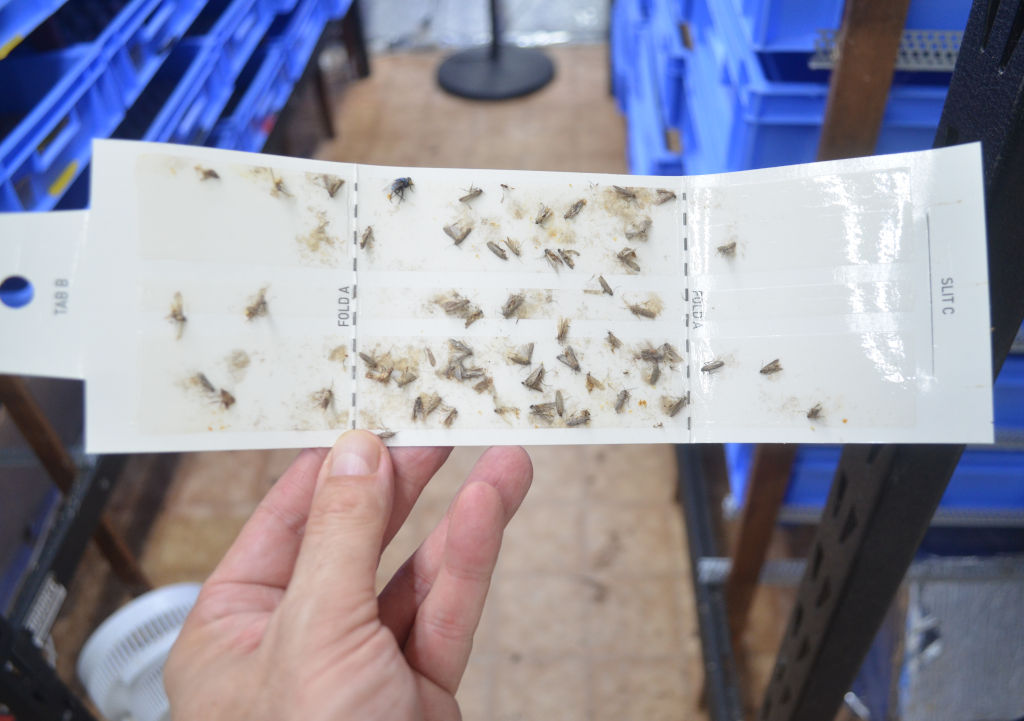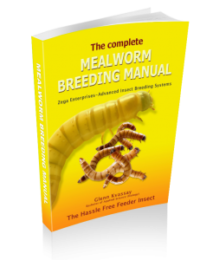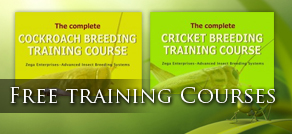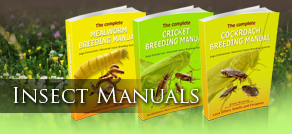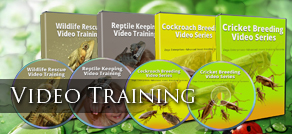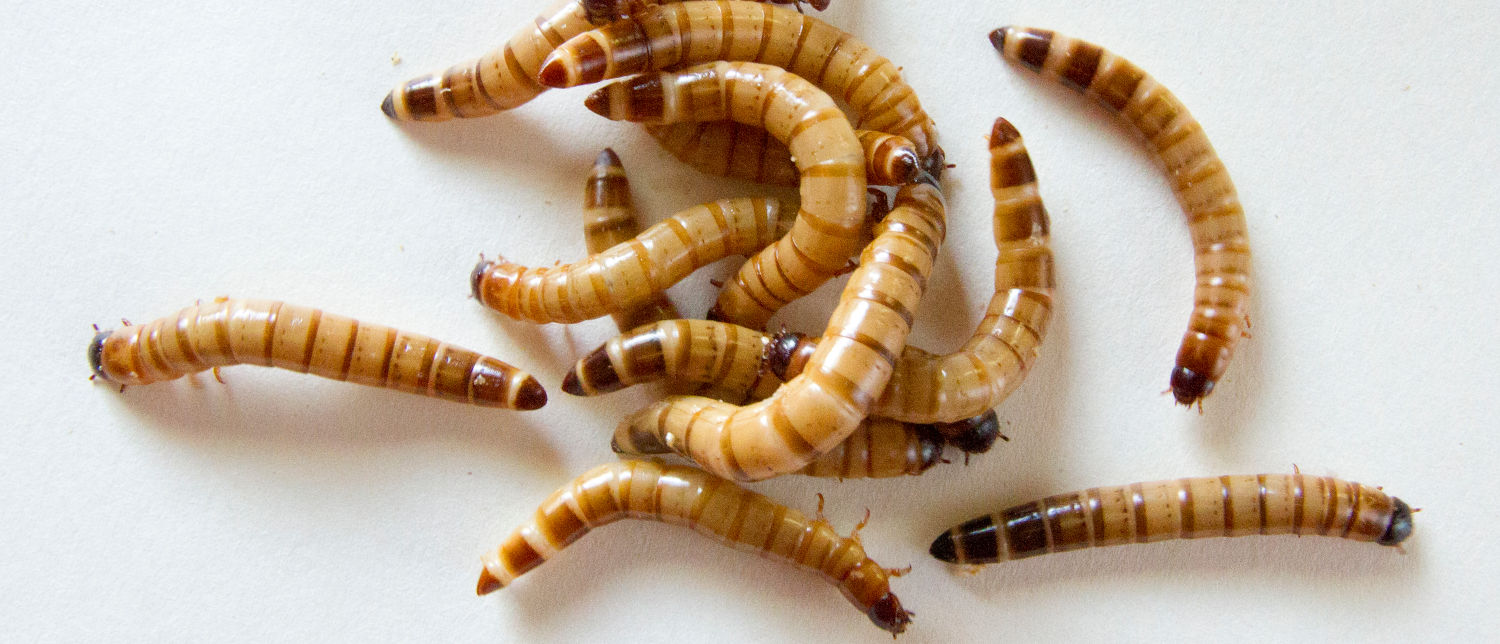
Streamlined Cleaning to Keep Your Mealworm Farm Healthy and Productive
Lets take a look how to care for your mealworms to keep them happy and odor free.
General Maintenance
- Wet food should be added every few days (or as required) and the old food should also be removed at the same time.
- Dry food should be added as required, usually once per week or every second week. The large mealworms will have the greatest need for food and water.
- The remains of dead mealworms, beetles or pupa should be removed to prevent mold infestations. This can be done using a sieve or by hand (see below for more details).
- At every molt mealworms will leave behind a brown skin. Once every few weeks this should be removed by hand or using a cat litter poo scoop or a sieve.
- Frass should be removed as required, usually every 3-4 weeks. If however if you plan to use your mealworms quickly it may not be even necessary to remove the frass.
- You can get a variety of sieves with different mesh sizes to filter out different fractions of the frass. For instance a larger mesh size will filter out beetles and pupa but leave substrate and eggs behind. A smaller mesh will separate out mealworms/meal and remove frass. The picture shows a variety of potential sieves including; a black pool filter, a green lettuce spinner, a metal sieve, or a bucket with holes drilled into it.
- In the pupa and beetle container (Container 2), the eggs are laid in the substrate or reside in the poo. For this container, you should not throw out all the frass and keep enough so the eggs remain.
Pests and Disease
- If your colony has a bad fermenting or ammonia smell, it is likely the frass has gone moldy and needs replacing. If the container has a major mold infestation, you need to remove any live animals and start over.
- Move any mealworms/pupa/beetles to a new clean container and start again.
- Throw out the old mealworm mixture and do not use any of it to start the new colony, even if it means throwing out potentially viable eggs.
- Clean the old container with soap and hot water or natural disinfectant. Natural disinfectants include mixing water with, vinegar; melaleuca (tea tree) or eucalyptus oil.
- A variety of methods are employed to prevent and remove pests from mealworm farms. Our manual covers over: mold and fungus, moths, mites, spiders, ants and other species.
As part of the Mealworm book project we renovated a 6m (20 foot) caravan into an insect business which breeds Mealworms, crickets and Woodies. We have bench marked all build costs, operation costs (energy, food, time).
“The Complete Mealworm Breeding Manual ” which will greatly increase your knowledge of how to breed mealworms and super worms with greater consistency and ease. As with all our Feeder Insect Book Series, we will overhauled every aspect of mealworm production including…
- Commercial and small Scale production, both yellow and super/giant mealworms.
- Breeding
- Food and water requirements
- Making food and moisture requirements
- Heating/storage
- Container design
- Maintenance/pest management,
- Cleaning and maintenance
- Grading/selling/commercial production
- Lots and lots more!!
We will show you the commercial tips and tricks to breed a productive and low maintenance mealworm colony. Click Here for more about the “Mealworm Manual Project” and to view the books contents.
Learning to Breed Feeder Insects Efficiently and Increase Profitability
It can take many years to learn how to breed insects efficiently, learn how to avoid the pitfalls and increase your profit. Fortunately, at Wildlife Hub we have already done this for you so that you don’t have to learn from the “school of hard knocks”.
Our information will provide you with a tried and proven method to build your business. For more details on our feeder insect breeding books and video series Click here.
Why not Turn an Expense Into Income?
For Information and advice on commercial production, Click Here. We have been breeding insects to Zoos, Wildlife carers, pet stores and the public for over 14 years.
We can show you how to build a profitable insect business. See below how you can follow our latest project converting a 20 foot caravan into a profitable insect business.
